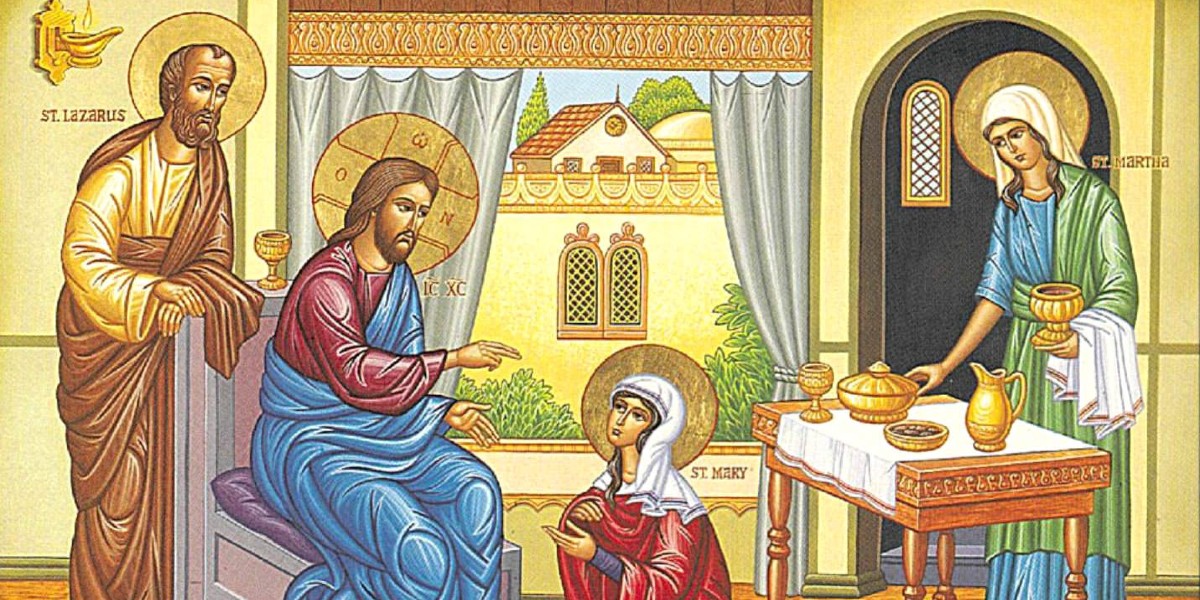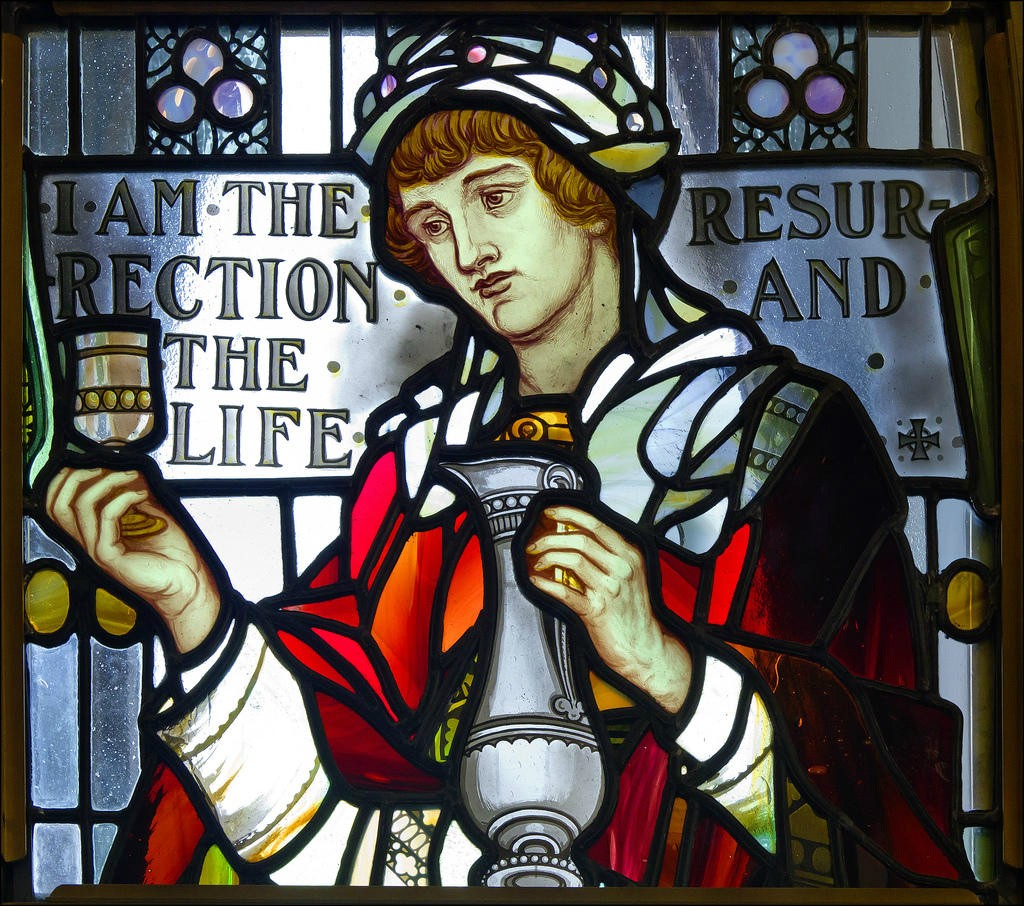Regina Caeli – Queen of Heaven, Rejoice!
The Regina Caeli, Latin for “Queen of Heaven,” is a hymn and prayer ...

Bruno of Segni considers Jesus’ visit to the home of Martha and Mary in Bethany (Luke 10) as a lesson on the difference between the contemplative and active life.
Everything our Savior did was full of sacred teaching. In every situation his actions were meant to point beyond themselves. For example, his outward actions in the hillside village of Bethany are repeated every day in his holy church.
Daily the Lord Jesus enters in, not thinking frequent visits beneath his dignity. There he is welcomed by Martha, who takes him into her home.
Let us see then what Martha stands for, and what Mary symbolizes. Each of them denotes something important, for these two make up the entire Church.
One of them, namely Martha, symbolizes the active life; the other, Mary, the contemplative. That is why scripture says it was Martha, not Mary, who received Christ into her house. Mary, of course, does not own a house, since the contemplative life entails the renunciation of all worldly possessions.
All that contemplatives want to do is to sit at the feet of the Lord – to read, pray, and give themselves up to contemplating God is their whole desire. It is enough for them to be always listening to the word of God and feeding their minds rather than their stomachs.
Such as these were the apostles and prophets; such are many others who, leaving everything, flee from the world and cling to the Lord. They seem to possess nothing, yet they have everything. Only good people can live this kind of life, whereas both good and bad alike can lead active lives.
Now the reason the active life is so called is because it consists of constant activity, weariness, and toil, so that scarcely a moment’s quiet can be found in it.
We are not referring here though to that kind of active life that occupies thieves, impels tyrants, tempts misers, stirs up adulterers, and incites all wicked people to commit evil deeds.
For just as we speak only of one Martha who was Mary’s sister, so we are referring only to that type of active life which is most closely related to the contemplative life, that is, an active life that is pure and blameless.
When the apostle preached and baptized, worked with his hands to gain a livelihood, journeyed from city to city, and showed solicitude for all the churches, was he not living the active life? In the same way then our text says of Martha that she was busy with much serving.

Image from St. Mungo Museum of Religious Life & Art, Glasgow. Public domain.
In fact, right down to the present day we see prelates in charge of the churches and the other clergy devotedly hurrying to and fro about their work, hot and bothered, sweating over the needs of their brothers and sisters in various ways, so that we may rightly describe them also as busy with much serving.
The contemplative life then is superior to the active because it is free from anxiety and will never end. Nevertheless the active life is so indispensable that in this world the contemplative life itself cannot exist without it.
Banner/featured image an unknown artist. Public domain.
No Comments